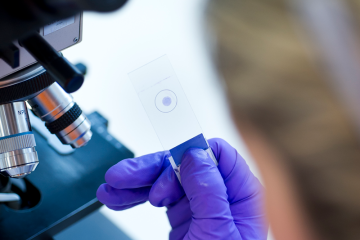Project grant
Transgenic ES Cell Differentiation Systems to replace Transgenic Mouse Analysis of Tissue Specific Regulatory Elements

At a glance
Completed
Award date
April 2010 - June 2014
Grant amount
£355,688
Principal investigator
Dr Berthold Gottgens
Co-investigator(s)
- Dr Aileen Smith
Institute
University of Cambridge
R
- Replacement
Read the abstract
View the grant profile on GtR
